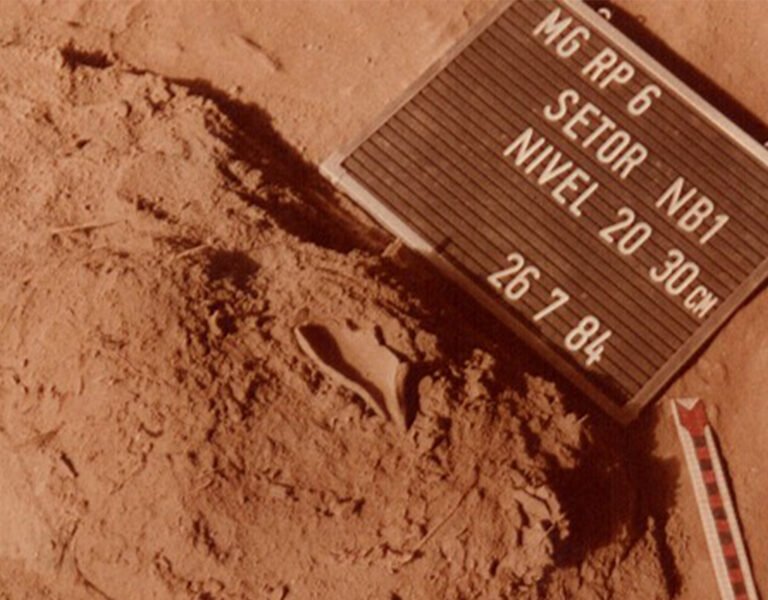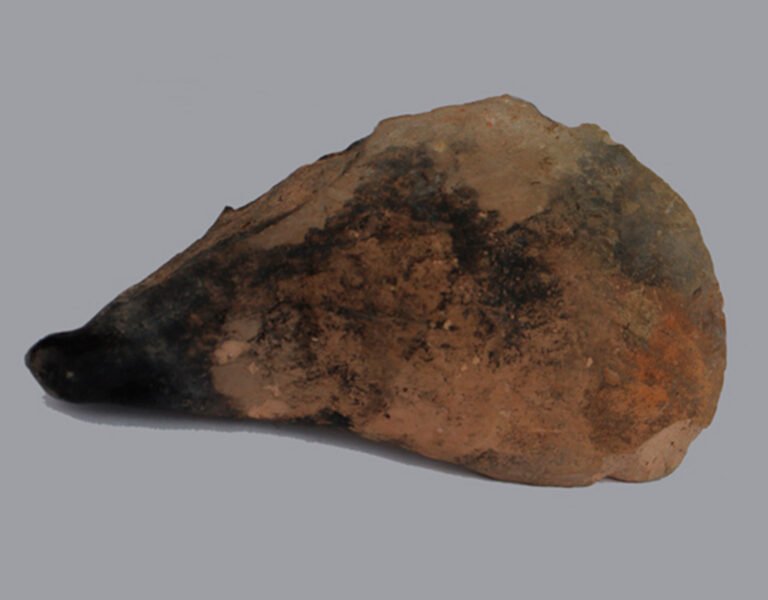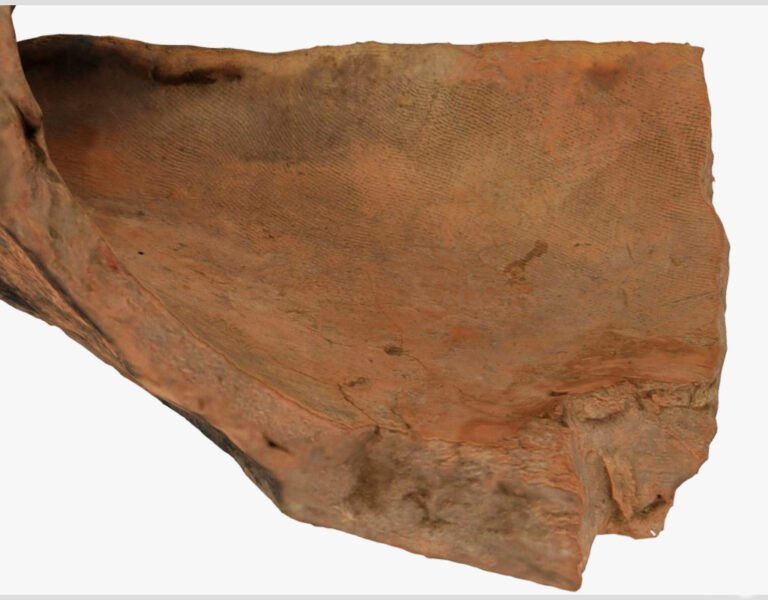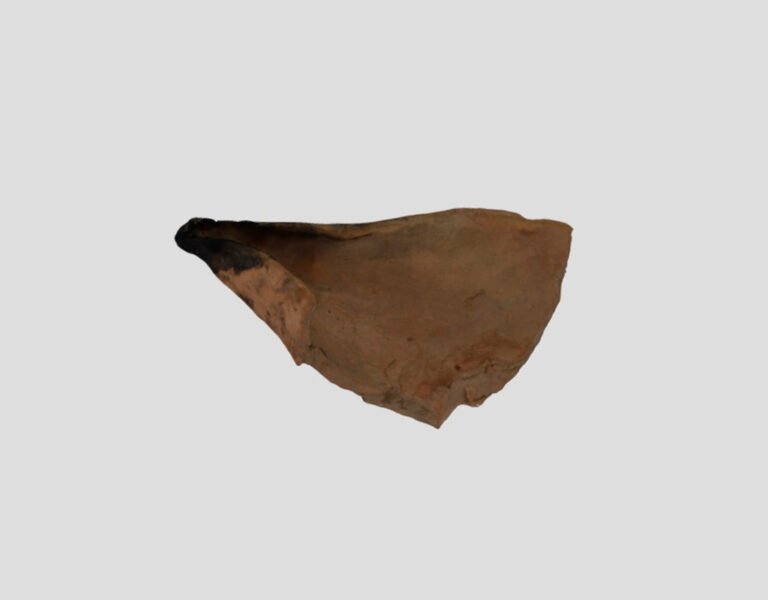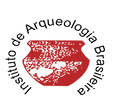Lamp
Object description
This tribal society left us the remains of the first indigenous ceramic produced in Brazil, outside the Amazon region. They dominated all the techniques of economics of prehistory, gathering, hunting and fishing, and, there were the horticultural peoples that about a thousand years ago expanded from the São Francisco River Valley, in Minas Gerais, towards the South, to Mato Grosso; to the North, to Tocantins and to the East to Rio de Janeiro and Espírito Santo.
This ceramic fragment was functionally identified with the remains of a prehistoric lamp collected in an occupational layer dated by C-14 in 3,350 BP. Its manufacturing technique identifies it with the ceramic group from Unaí Phase, the oldest in Una Tradition. As a tribal society that inhabits the caves of the São Francisco Valley in Minas Gerais, the Una were skilled horticulturists. Thanks to the dry microclimate of the cave, basketry artifacts and some feather art in gourds were preserved; in addition to mummified bodies, countless funerary accompaniments in the form of bone ornaments, shells and seeds are part of bracelets and necklaces still on their cotton cords. Among the organic remains, peanut seeds, cotton fibers, small corn ears and chayote tendrils were collected, in addition to a considerable amount of coprolites (fossilized feces), which have been studied by specialists in paleo diseases in agreement with the Instituto Osvaldo Cruz (IOC) since the 1970s. In addition, they were ceramists that also mastered the technique of spinning and weaving. On the inner walls of this lamp, the marks of the fine fabric that made up the wick and the dark stain from the burning of the fuel used at the rim can be seen.
Cultural affiliation of the object
Prehistoric period
Una Tradition
Unaí Phase
Location Unaí, Minas Gerais
Gruta do Gentio site, MG RP 06
Level 20–30 cm (7,8 – 11,8 inches)
Cultural analysis of the object
Type Lamp
Ceramic material
Dimension 9,5 x 6 cm (3,7 – 2,3 inches)
Dating 3350 BP
IAB 1973 Collection Source
Catalog 1872A

